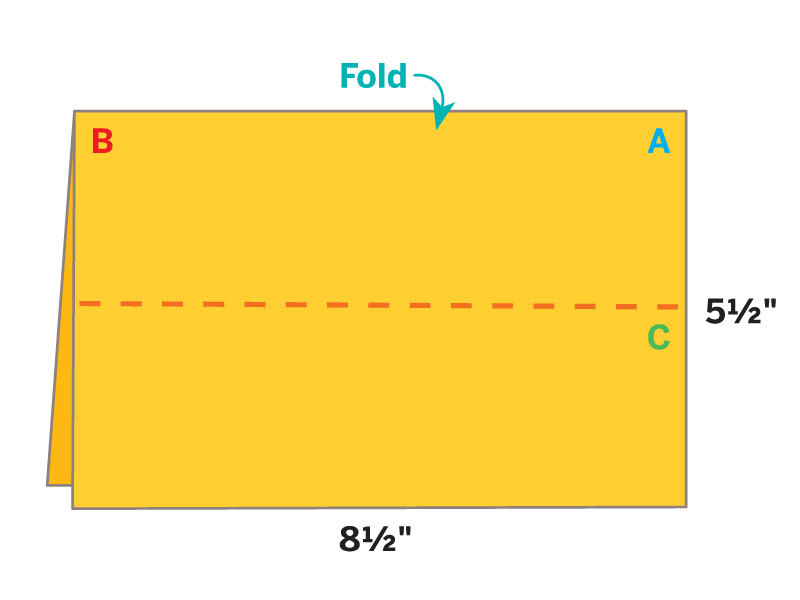Historical legend tells us that seamstress Betsy Ross was visited in 1776 by George Washington, Robert Morris, and George Ross, who asked her to make an American flag conforming to a resolution of the Continental Congress.
Washington’s design had 13 alternating stripes of white and red, and 13 six-pointed stars on a field of blue. Betsy suggested five-pointed stars instead. When someone wondered whether five-pointed stars would be more difficult to make, Betsy showed how fabric could be cleverly folded to allow a five-pointed star to be made with just one cut of the scissors.
It’s a pretty story, but like many fables of our early history, it’s probably a myth. Contemporary documentation of it is totally lacking. Betsy’s grandson first related the story in 1870, nearly a century after the fact, admitting that he had no confirmation other than stories passed down in the family.
The story quickly proliferated, being published in Harper’s New Monthly Magazine in 1873, finding its way into other publications and even into textbooks, persisting even now. And the Betsy Ross House in Philadelphia is the second-most-visited historic site there, but there’s no hard evidence that she ever lived in it.
We’ll leave historians to sort all that out. You can find out more about the flag myth. What catches my interest is the method of folding cloth to obtain a five-pointed star with a single scissors cut. It’s the one believable detail in this story. Creating five-fold symmetric figures is a challenge in Euclidean geometry, and with paper folding, too. But a method is well known to quilters and seamstresses and was surely known to flag makers of colonial times and earlier.












